Stoves and Cooking on the Pacific Crest Trail
Cooking out in the wilderness can be an exciting daily event or a tedious unnecessary chore. Personally, I grew to hate cooking on the Pacific Crest Trail, and ultimately, I decided to go stoveless.
Your choices when it comes to stoves can be narrowed down into two general categories: canister stoves and non-canister stoves. Canister stoves use compressed gasses (ex. propane or white gas), and non-canister burn solid esbit fuel tablets, biomass (ex. wood), or a combustible liquid such as denatured alcohol or HEET.
The three most popular stoves (I saw) out on the Pacific Crest Trail were alcohol stoves, MSR Pocket Rockets, and Jetboils.
Alcohol Stoves

+ Probably the lightest option available
+ You can make one yourself for incredibly little money
+ Compact and easy to store
+ Fuel is generally quite easy to come by
– The weight of your liquid fuel can quickly dilute your stove weight savings
– Lack of an on/off switch makes alcohol stoves dangerous if not used properly
– You will encounter many people who do not know what denatured alcohol is when you go into stores looking for it
Formerly the most popular choice among Pacific Crest Trail thru-hikers, alcohol stoves come in a wide variety of styles. From ultra-inefficient DIY cat can stoves to more carefully crafted aluminum pieces that claim to provide superior cookability, I opted to bring along an alcohol stove on my first PCT thru-hike. That said, I would not recommend it.
Some people claim that all alcohol stoves are equally inefficient. Still, I can personally attest to more quality alcohol stoves providing much more efficient burns than the DIY cat can stoves.
MSR Pocket Rocket
+ The stove is light – it weighs only three ounces
+ Efficient and can be lit without priming
+ Boils water much more quickly than an alcohol stove
– Canisters can weigh between 6.7 and 12 ounces
– Balancing your pot on it can be tricky for larger meals
– Canisters can be difficult to come by in remote areas
The MSR Pocket Rocket is also a popular choice on the trail. It is a lightweight canister stove that can easily win you over if you find yourself frustrated with your alcohol stove.
Jetboil
+ The Jetboil pot easily doubles as a mug, and can be eaten out of with ease
+ The boiling time of water in a Jetboil is ludicrously fast
+ The lid features a pour spout and built-in strainer
+ Packs into itself for easy storage
– Jetboils are heavy when compared with the alternatives
– New canisters can be difficult to come by in remote areas
– Jetboils are expensive compared to the alternatives
Another variation of the canister stove, the Jetboil, is a popular choice among hikers (despite being one of the heaviest and most expensive options available). The speed with which a Jetboil is capable of boiling water is truly remarkable.
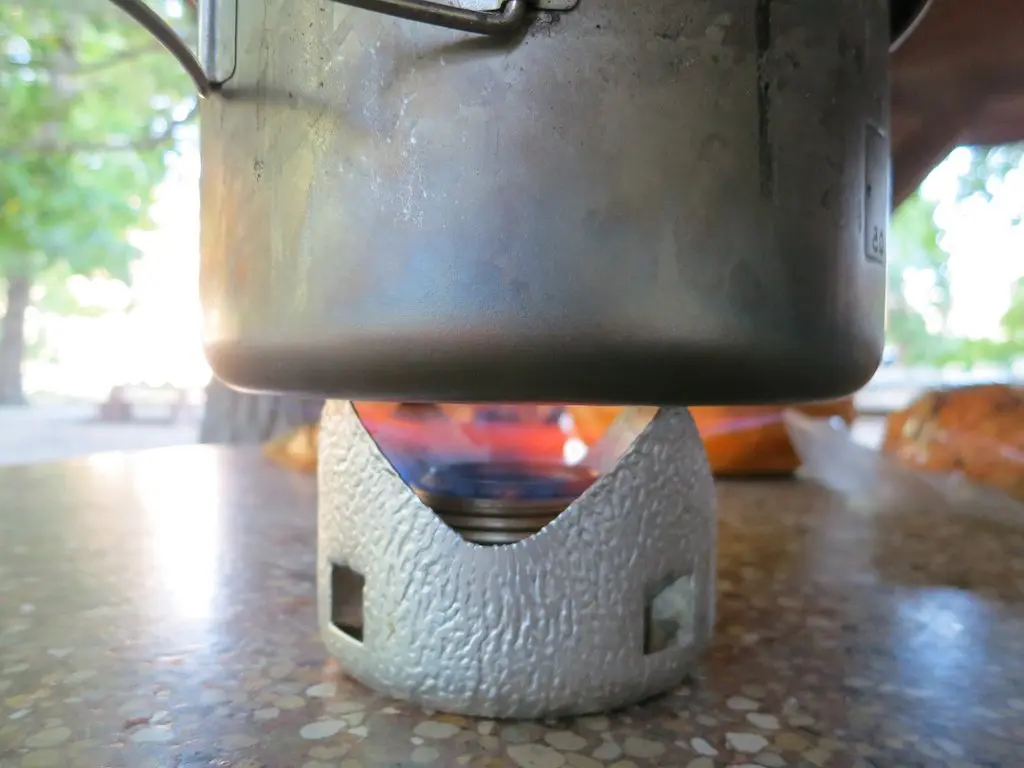
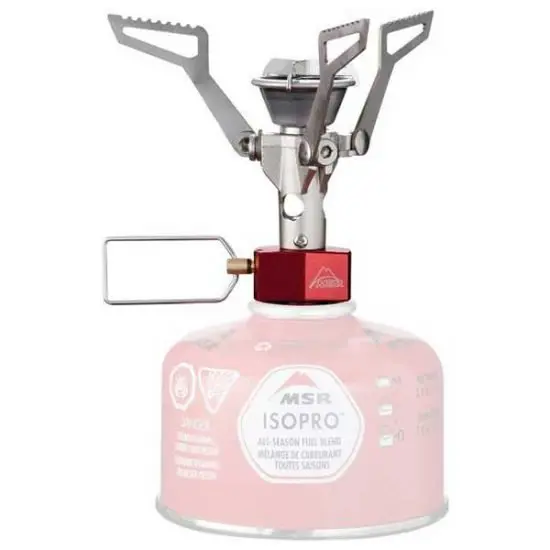
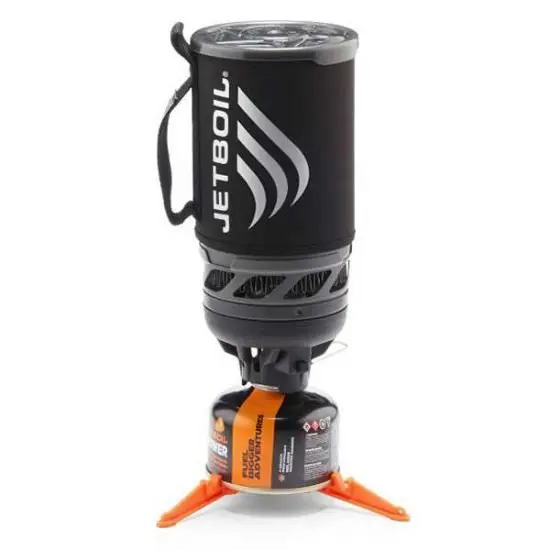
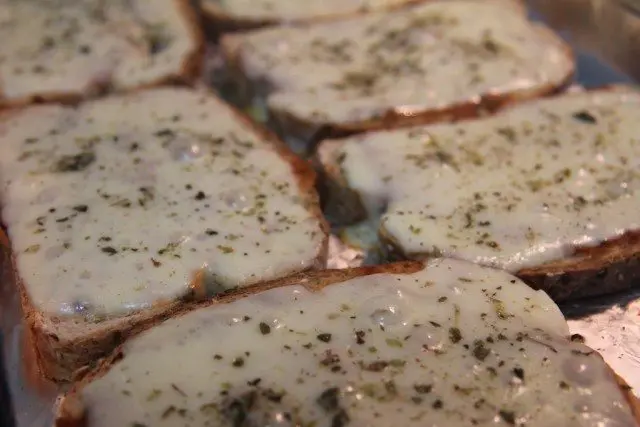
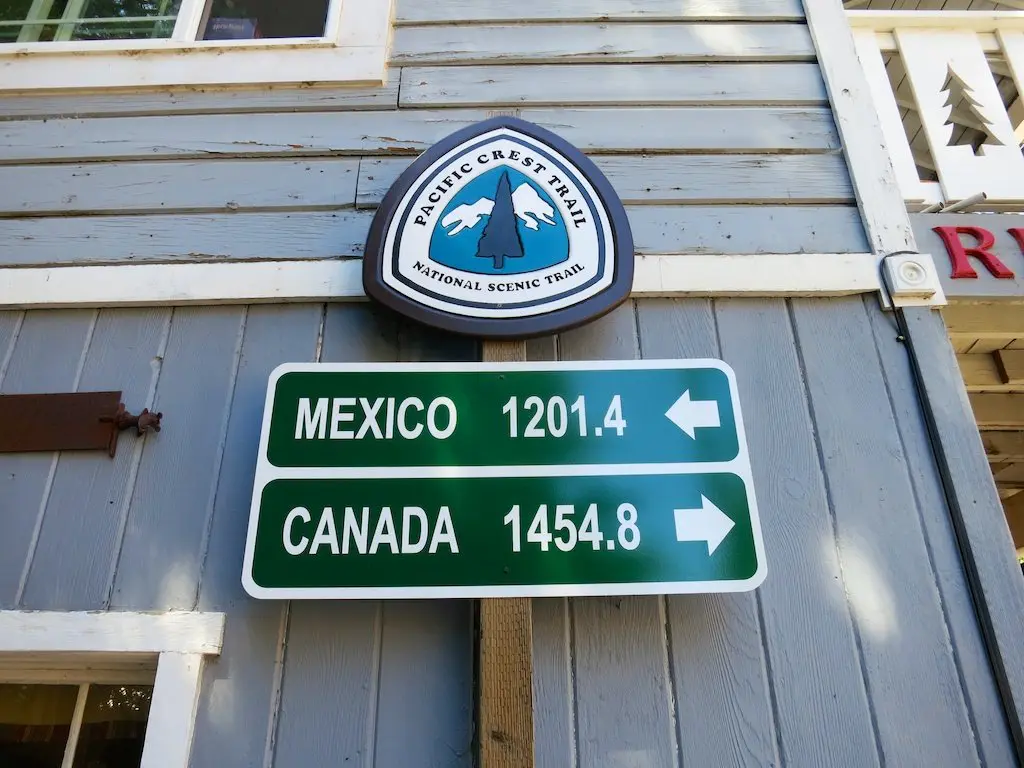
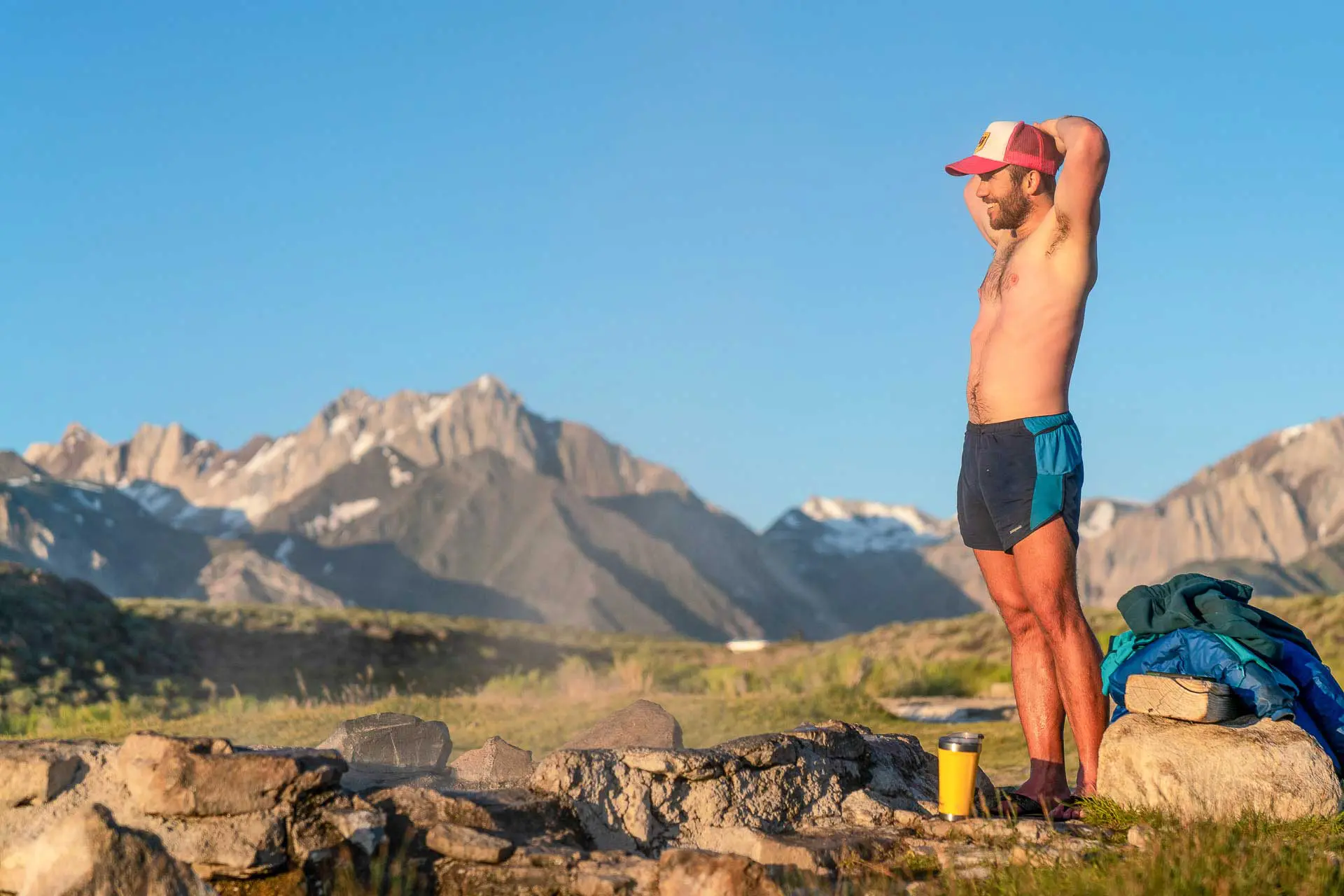
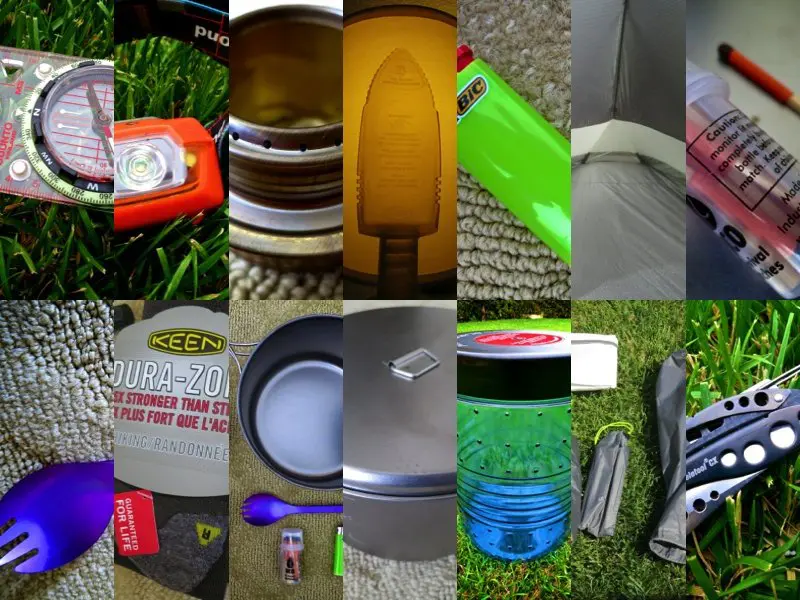

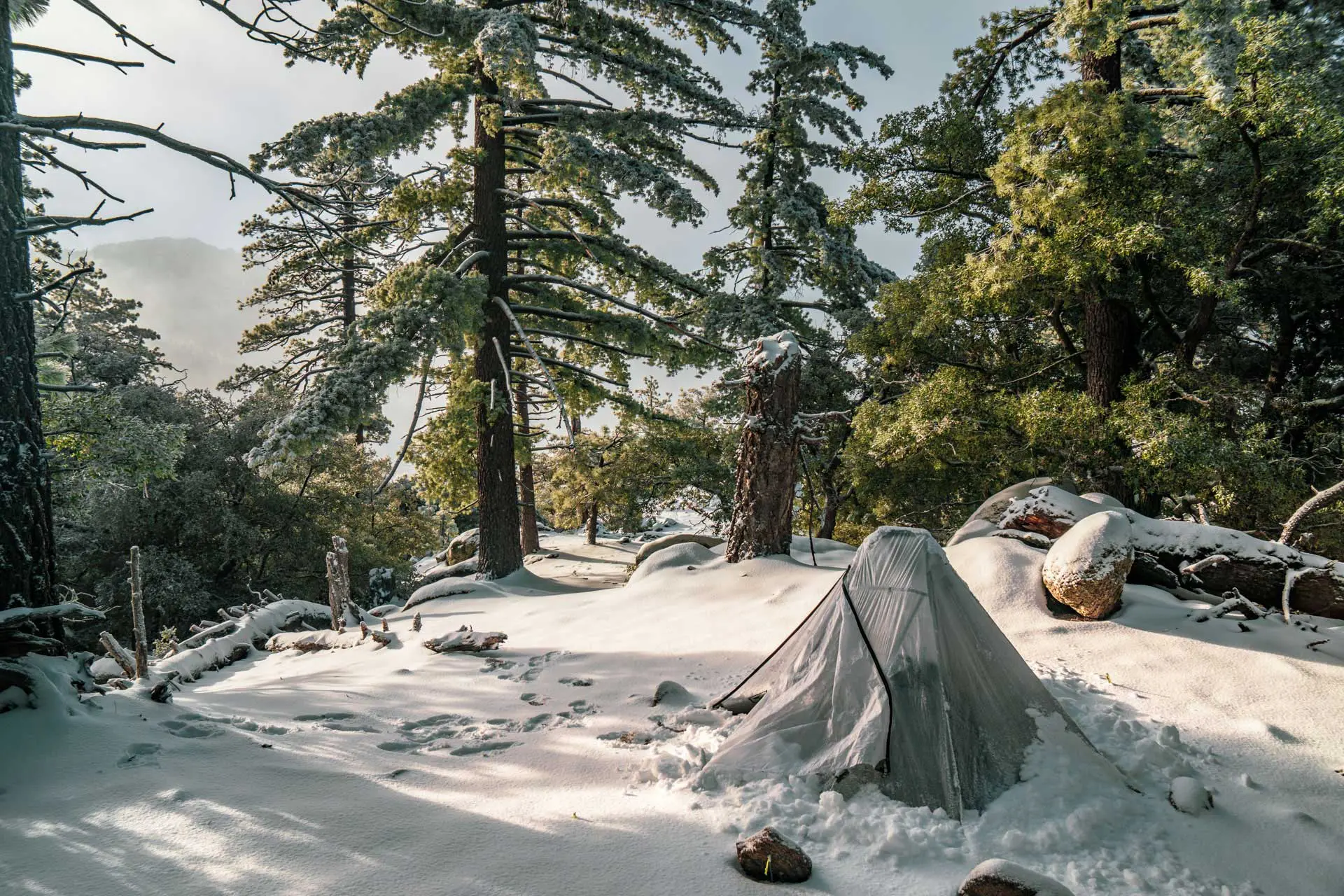
Hi. Great content. Short and to the point. I have a question about a class of stoves you didn’t mention. Wood burning stoves. Are enclosed wood or twig stoves allowed on the PCT? I’m thinking of bring a “firebox” wood burning stove. I think it would be useful for drying clothes and generating warmth in the colder months.
Functionality: nobody uses a wood-burning stove on the PCT. This is for many reasons, one of which is that there are typically fire bans that prevent them from being used during the thru-hiking season.
alcohol stoves most popular? when was this written?
Right!? This was written in 2013. A lot has changed since then. I’ve made some minor tweaks but I’ll return to do a larger refresh soon.
have you considered restoring the dates on your articles? i know i’m sounding melodramatic here but, considering that alcohol stoves could endanger people and the trail, it might be nice to give an indicator of when an article was written since gear choices and the trail itself change over time. better yet, if an article is really old, put a warning on top that it could be outdated.
and no dates on comments either. what? are you trying to make everything look evergreen? it’s frustrating to see no dates anywhere on this site.
Good news for you: I’m working on an update to the site layout, which should provide the updates you’ve demanded.
True, a JetBoil Zip is 3oz heavier than a Pocket Rocket + MSR Titan .8L kettle. But in terms of price the Jetboil is cheaper, at least when comparing on Amazon and REI for the last few months. PocketRocket is $40 (amazon), Titan is $60 (amazon). A JetBoil Flash retails for $80, but the blue one has been selling on Amazon for $63 for several months (I guess it’s ugly so nobody wants it.)
Also, it should be noted that a JetBoil comes with the nifty orange stabilizer stand, and the pot cozy is built-in. (I’ve read numerous posts about people making pot cozies to save on fuel – just bring the noodles or whatever to a boil and let it sit in a cozy, no need to actually keep it at a boil.)
Plus it’s hard not to get at least partially aroused marveling at how everything fits together perfectly. I know you eventually went stoveless, but for a lot of people I think hot food is a critical morale booster.
I wrote this post before I got on the PCT. You bring up some good points, and I think it’s about time this article got a refresh.
Even though hot food has become something that I can live without, perhaps it’s time I invest in an ugly JetBoil Flash?
It would be like camping the Girl Scout way – noodles, canned goods, biscuits (sounds unhealthy, huh!). Lucky for us today we have so many portables.